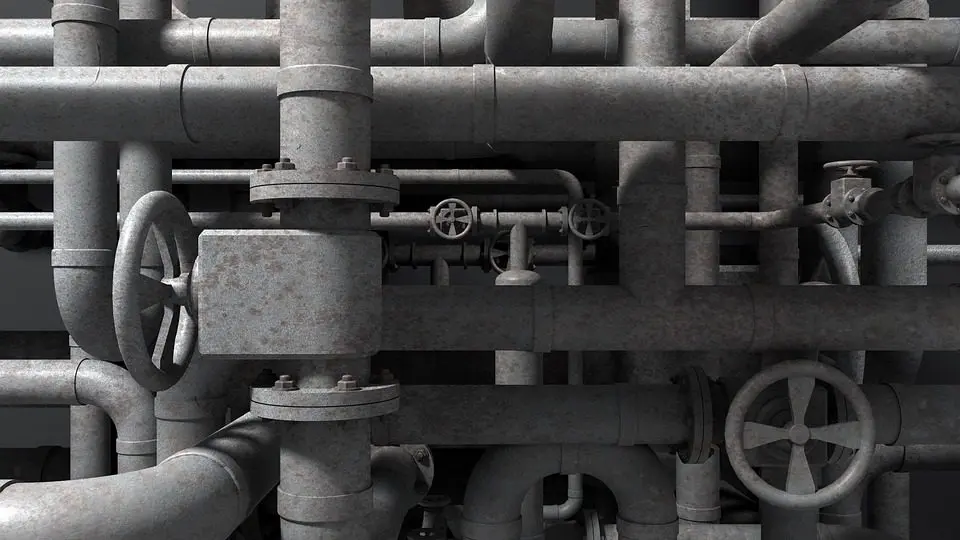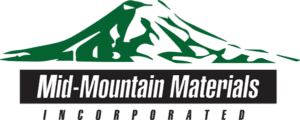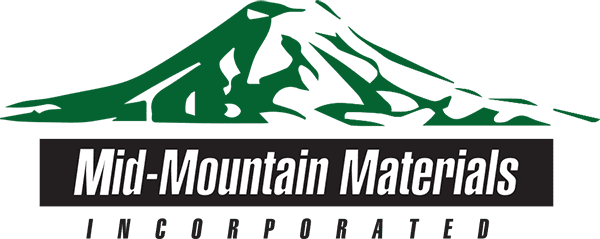Industrial fabrics are engineered for high-performance in demanding working environments, where adverse conditions can cause the gradual breakdown of integral components. There are many aggravating phenomena to contend with in modern industrial spaces: corrosion via process materials, differential pressures, high temperatures, humidity, mechanical forces, etc. Many components and processes must overcome multiple abrasive and corrosive mechanisms simultaneously to ensure optimal operation, which may subsequently affect safety and throughput. Steam traps are one example of this, where industrial fabric insulation must perform to the highest standards to meet several KPIs.

What is Steam Trap Insulation?
A steam trap is a type of valve that filters out condensate and non-condensable gases from pipework without losing steam. The condensate in a typical pipe system may be condensed steam, while a non-condensable gas may be as simple as air. Whichever downstream application the steam is intended for (driving turbines, heating, etc.), these fluids and gases must be removed to preserve energy efficiency.
Steam traps automatically separate condensate materials and non-condensable gases from steam. When they have reached a certain level, a valve opens and drains them from the system. This remains tight to steam, ensuring little-to-no loss of energy. However, steam traps must be carefully maintained and insulated with high-performance industrial fabrics to overcome the inherent challenges of operation. These include:
- Complex geometries of steam valves make standard, off-the-shelf industrial insulation unsuitable for purpose.
- Heat loss due to diffusion from the hot-side to the cold.
- External surfaces that are hot to touch pose a significant safety issue to personnel.
- Moisture and vapors can permeate some industrial fabrics, causing degradation and gradual loss of function.
Industrial fabrics for steam trap insulation must subsequently provide an effective barrier to thermal radiation, protecting against accidents while preserving process efficiency. They must also be able to withstand humid conditions and near-constant high operating temperatures.
Industrial Fabrics: ARMATEX®, CERMEX®, HYTEX®, & SILTEX®
Mid-Mountain Materials, Inc. supplies an extensive range of industrial fabrics suitable for steam trap insulation and pipework systems. Our four proprietary textiles are ARMATEX®, CERMEX®, HYTEX®, and SILTEX®, each of which is equipped to provide appreciable returns on investment (ROIs) with respect to energy conserved and unquantifiable improvements with respect to plant safety.
To help you select an industrial fabric for your steam trap insulating project, here is a brief comparison of their working properties:
- ARMATEX® Coated Fabrics are available with a choice of synthetic base fabrics (carbon fiber, fiberglass, Kevlar, silica, etc.) and proprietary coatings for improved abrasion and chemical resistance. Standard ARMATEX® industrial fabrics perform in continuous operating temperatures of up to 232°C (450°C), with significantly higher thermal capabilities available upon request (<2760°C).
- CERMEX® Thermal Insulation is comprised of needled fiberglass mats and papers with high-performance aluminum or pressure-sensitive adhesive (PSA) laminates. They offer superior performance for thermal insulation with a continuous use temperature range of 538 – 1260°C (1000 – 2102°F).
- HYTEX® 1000-2025 Fabrics are suitable for a wide range of application with a broad choice of formats, substrates, laminates, and treatments. They are extremely versatile and are routinely used for insulating pipework systems for sections, steam traps, and valves.
- SILTEX® Silica Fabric is used primarily for hot side insulation, based on high-temperature resistant silicate textiles with high degrees of thermal integrity. They are generally prescribed for applications where industrial fabrics based on electrical grade (E-grade) fiberglass would fail.
Mid-Mountain Materials, Inc. can supply each of these fabrics in custom geometries to ensure a tight form-fit for your steam trap. Each one can help reduce significant costs due to pervasive energy losses over time. If you still are not sure which industrial fabric is right for your application, simply contact a member of the Mid-Mountain team with any questions.

